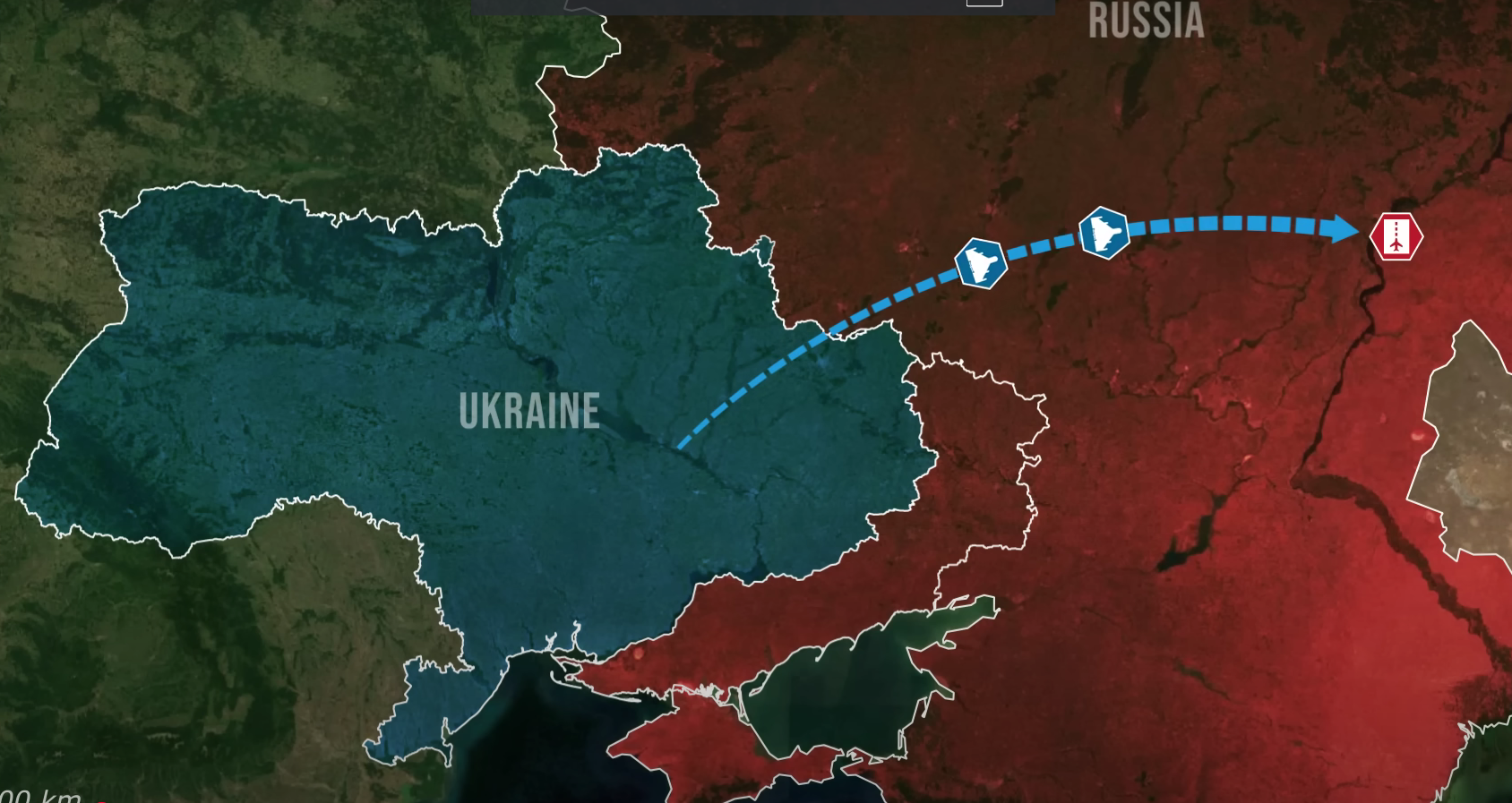Day 1058
On 16 January, there is a lot of news from the Russian Federation. Ukraine intensified its series of deep strikes into Russian territory, continuing a calculated campaign to dismantle Moscow’s logistical and operational capabilities. Dealing devastating damage to critical infrastructure, these precision operations aim to weaken Russia’s ability to sustain its war effort.
The target of the first attack was the Engels Air Base in the Saratov Oblast. According to the latest reports, the fire has already destroyed three massive fuel tanks and damaged six more, holding over one million cubic meters of fuel.
Engels is a vital hub for Russian strategic aviation and has now been targeted twice by Ukrainian forces, with the latest strike igniting an inferno that has been burning for almost a week. This base serves as a launch point for long-range bombers involved in missile attacks on Ukraine, making it a priority target for the Ukrainian armed forces.
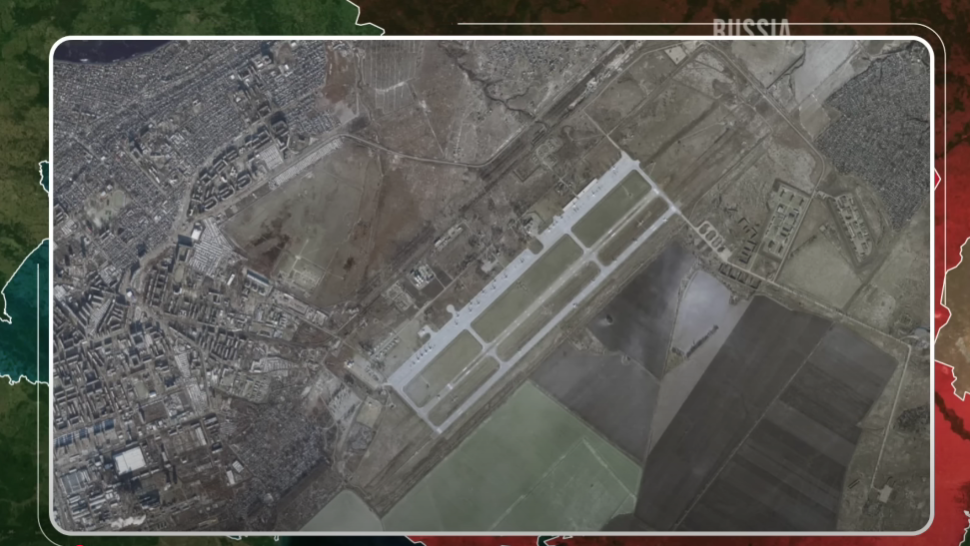
The destruction of fuel depots at Engels, which support these bombers, has created logistical challenges, severely disrupting Russian air operations. Russian emergency services have struggled to contain the blaze for over five days, underscoring the scale of the destruction. This operation exemplifies Ukraine’s ability to reach deep into Russian territory and target assets critical to Moscow’s war machine.
To achieve this goal and ensure the maximum level of destruction, Ukrainians utilized a three-phase strategy. First, a general drone strike was launched to trigger and identify air defense positions and establish precise flight patterns. Second, pinpoint strikes neutralized these defenses, and finally, the main blow was delivered against high-value targets under clear skies.
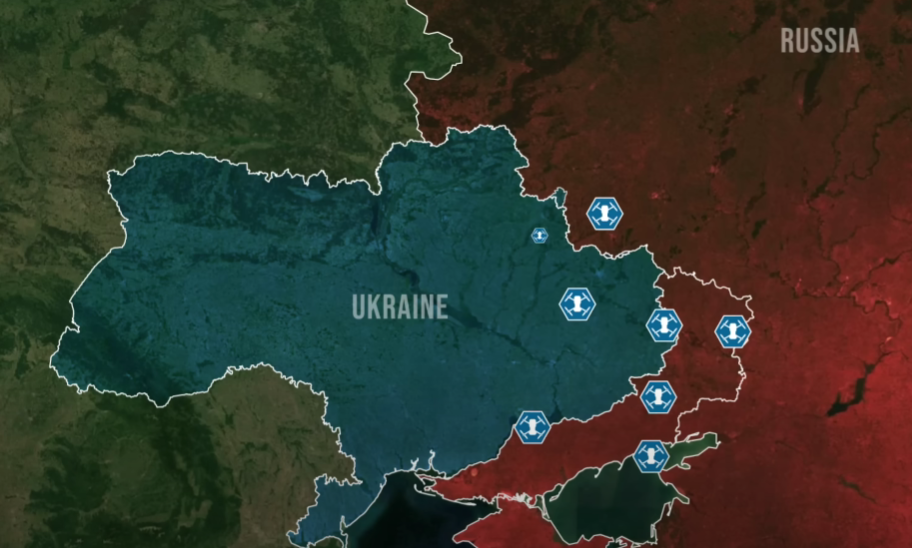
The second and third strikes in the Ukrainian campaign exemplify this strategy with attacks on Taganrog and Millerovo airfields in the Rostov Oblast. Ukrainian drones overwhelmed Russian air defenses, forcing them to engage and reveal their positions. This preliminary phase was followed by targeted strikes that destroyed critical air defense systems, such as the Pantsir-S1, S-300, and Buk-M1 units. By disabling these defenses, Ukraine ensured unimpeded access for subsequent strikes on vital targets.
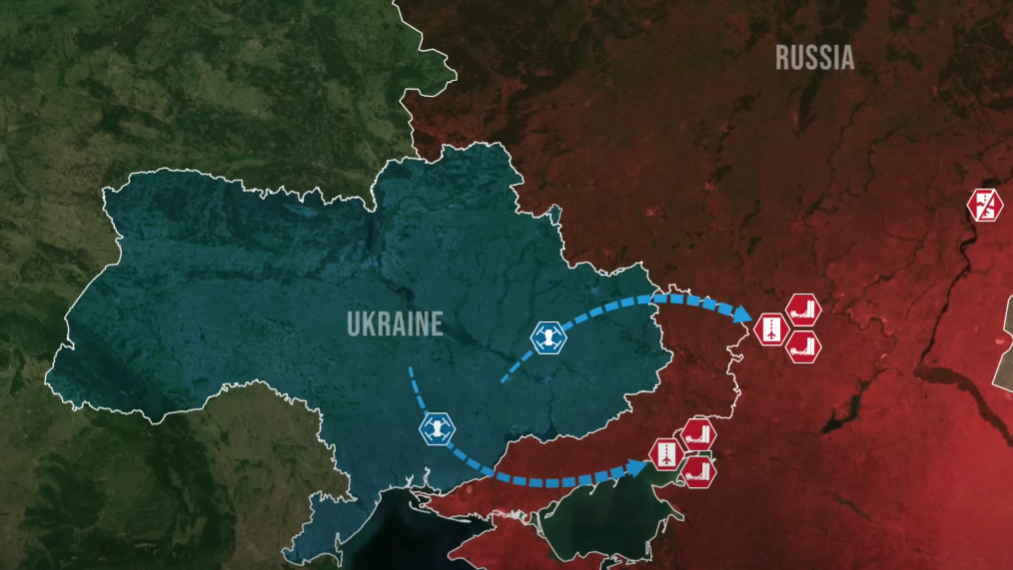
The same methodology was employed in the next strike in Rostov, where drones overloaded Russian air defense, followed by a direct hit by a Neptune missile delivering a devastating blow against a warehouse with reconnaissance drones that correct enemy strikes on Ukrainian cities and the front line.
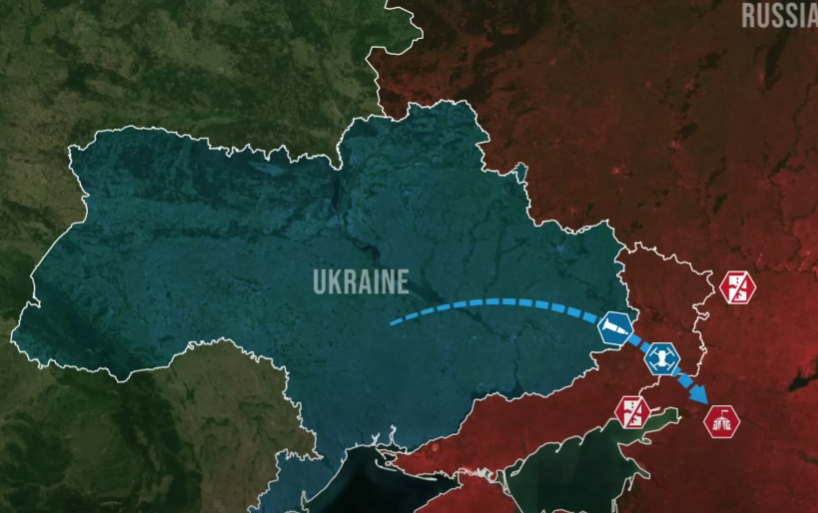
Residents complained about the loud explosions heard throughout the whole night, and the Security Service of Ukraine commented the next day that their work in the enemy rear would continue.
One of the most important targets was the command post of Russia’s 8th Guards Combined Arms Army in Khartsyzk, Donetsk Oblast, destroyed by a precision strike. This facility was pivotal in coordinating Russian operations in the Kurakhove direction.
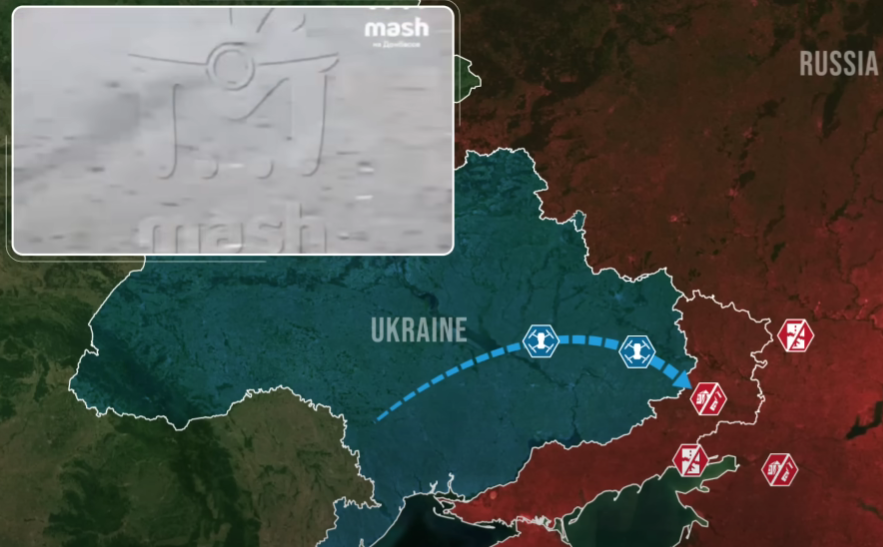
In the next strike in Krasnodar Krai, Ukrainian drones struck the base of the 238th artillery brigade and a nearby airfield, adding to the challenges faced by Russian ground forces.
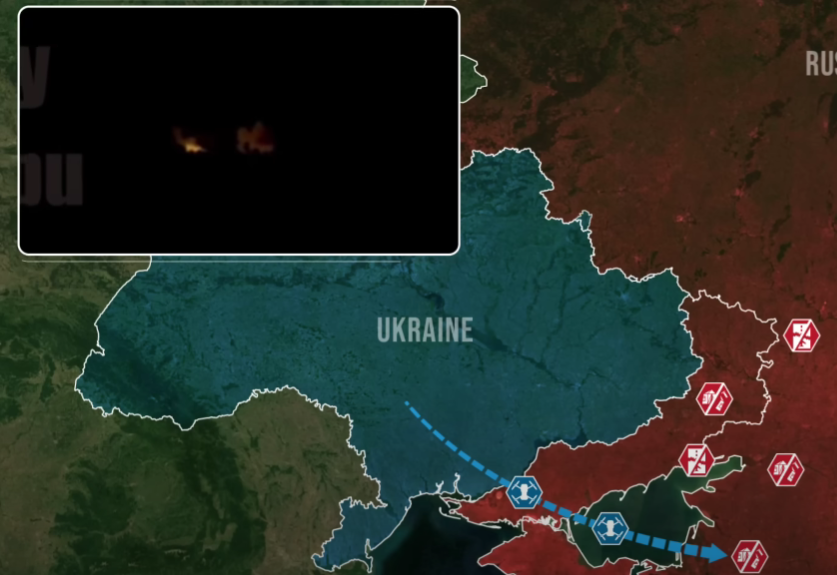
Ukrainian forces also struck the naval base in Novorossiysk in a daring drone operation, which is home to elements of the Black Sea Fleet. Though details of the damage remain unclear, the attack signals Ukraine’s intent to continue tormenting the Russian naval dominance in the Black Sea.
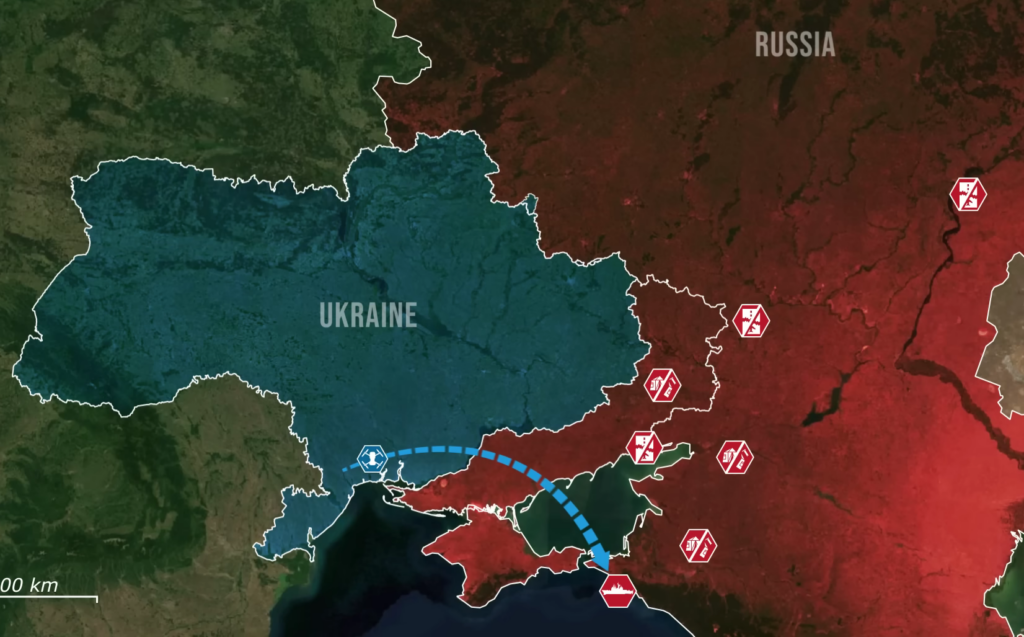
Finally, a significant blow was also dealt in Tatarstan, where a drone strike ignited a massive fire at the Taneco oil refinery. This facility is a crucial component of Russia’s energy infrastructure, and the damage further strains Moscow’s ability to sustain its war economy.
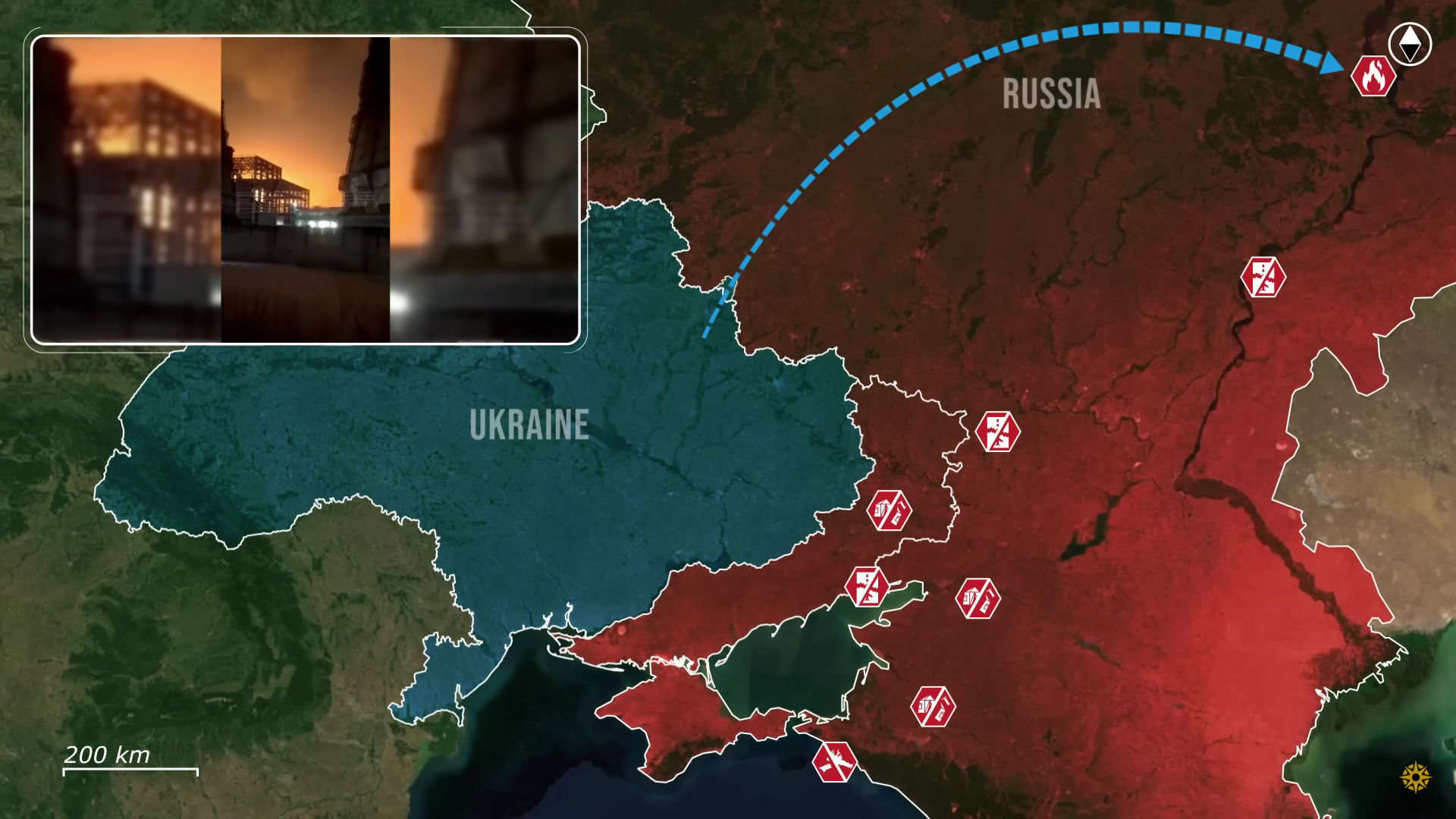
Overall, these strikes serve clear strategic and operational goals. By targeting logistical hubs, airfields, command posts, and key infrastructure, Ukraine seeks to degrade Russia’s ability to wage war effectively. The destruction of air defenses and drone warehouses reduces Moscow’s capacity to launch precision strikes, while attacks on fuel depots and oil refineries hinder its ability to sustain operations. By targeting critical assets deep within Russian territory, Ukraine forces Moscow to divert resources to defense and reassess its operational strategy.
In our daily frontline report, we pair up with the military blogger Reporting from Ukraine to keep you informed about what is happening on the battlefield in the Russo-Ukrainian war.
Read also:
- Frontline report: North Koreans lose one-third of troops in Kursk, deploy Russian grannies as shields
- Frontline report: North Koreans engage Russians as Russian command post strike causes chaos in southern Kursk
- Frontline report: Ukrainians decimate Russian armor column in Kursk “like sitting ducks” as bodies litter frozen fields

